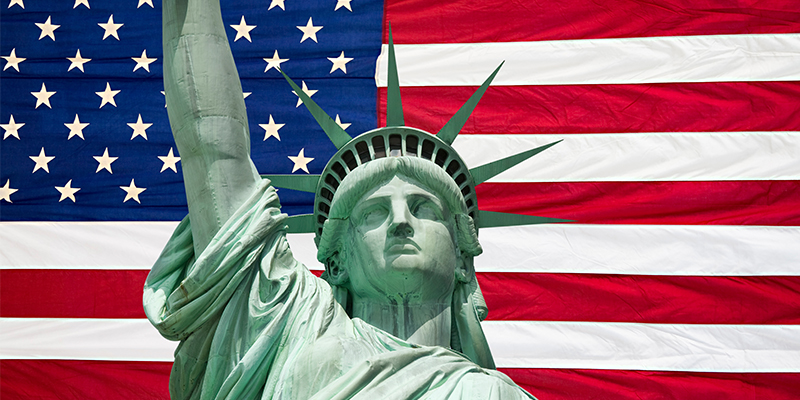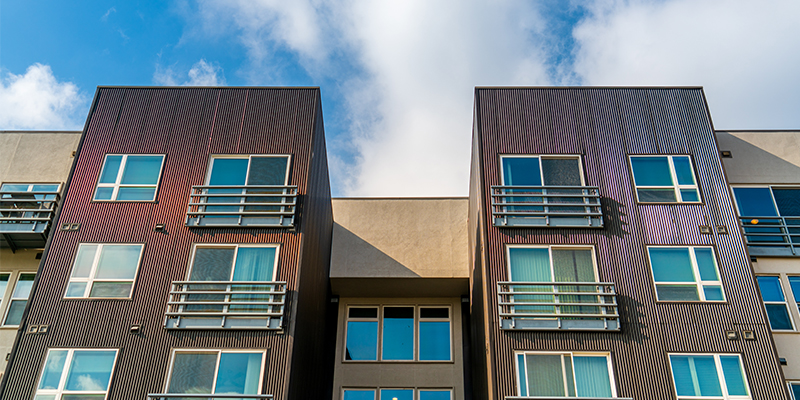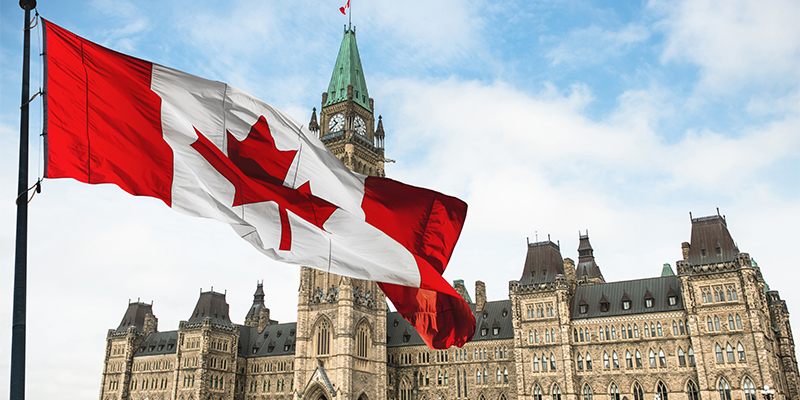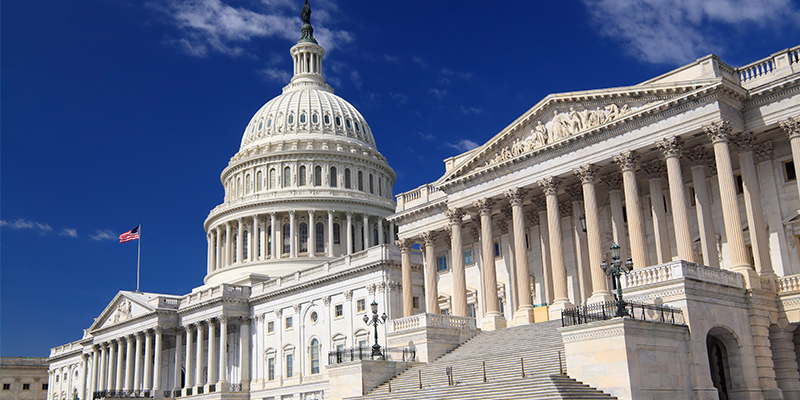By Jack Hargrove
While Washington is consumed this week with the passage of a major tax bill, President Donald Trump’s “One Big Beautiful Bill” with important provisions affecting commercial real estate, New Yorkers have been consumed with a contentious and tumultuous mayoral contest that could have broad implications for urban communities across the nation.
When New York state Assemblyman Zohran Mamdani announced his campaign for mayor of New York City in October 2024, virtually no one outside of his district in Astoria, Queens, had heard of him. By February 2025, he was still polling at 1%. On June 24, primary election day in New York City, Zohran Mamdani became the Democratic nominee for mayor in a city where Democrats dominate elections. A 33-year-old member of the Democratic Socialists of America whose most recognizable campaign slogan was “Freeze the Rent!” is now set to be the next mayor of America’s most populous city. How did this upset happen? How will it affect commercial real estate in New York? Does this have implications for other states and localities, or even nationally?
After incumbent Democratic Mayor Eric Adams was indicted on federal corruption charges in late 2024, his chances for re-election diminished. Adams ultimately dropped out of the Democratic primary but is still running as an independent. Although numerous candidates entered the race, there was no clear favorite until former Governor Andrew Cuomo entered the fray in March. His universal name recognition and support from local political, union and business leaders made his victory seem inevitable; the Cuomo-aligned Fix the City super PAC raised $25 million, a record for NYC local elections. However, the sexual misconduct allegations and other baggage that forced him to resign as governor in 2021 continued to haunt him and kept his disapproval ratings high.
By late March, Mamdani emerged as the distant but clear second place in polling. His campaign prioritized social media engagement over more traditional forms of advertisement, producing short-form video content and going on podcasts. His policy platform promised “affordability,” with the following proposals affecting real estate:
- Enact a rent freeze for tenants of rent-stabilized housing, which makes up nearly half of all rental units in NYC
- Use public dollars to build 200,000 new rent-stabilized housing units over the next 10 years
- Increase code enforcement on residential landlords
- Increase New York state’s corporate tax rate to 11.5% and introduce a new 2% tax on personal annual income over $1,000,000
- Raise the minimum wage to $30/hour by 2030
These policies understandably have the local real estate community concerned. Mamdani claims that his rent freeze won’t disincentivize housing production because he can only control the rents of apartments that are already rent-stabilized, and new housing in NYC is not rent-stabilized. However, as this Wall Street Journal article points out, the city currently offers an incentive for office conversions that allows a 90% property tax exemption for 35 years. There’s one catch: conversions that use this tax incentive must allow 25% of units to be rent-stabilized. Therefore, a rent freeze could chill investment in office conversions. Adaptive reuse of underutilized commercial buildings to residential property is a policy NAIOP supports at the federal level.
While the mayor of New York does have the ability to freeze the rent for rent-stabilized units, it is unclear whether Mamdani will have the authority to enact some of his other promises. His proposals on taxes and minimum wage would have to go through the state capital. The feasibility of his promise of 200,000 housing units is unclear, although, unusually for a socialist, his platform does call for “fast-track planning review.” Regardless, NYC developers are very concerned about a potential Mamdani mayoralty.
As the primary election drew near, Mamdani quickly gained ground in the polls, and an Emerson College poll released the day before was the first to show him with a slight edge. It predicted that Cuomo would enter the first round of New York’s ranked-choice system with a lead, but that Mamdani would win in the eighth round of calculations. Still, Cuomo was the clear favorite and considered almost certain to have a lead in the first round. It came as a shock on election night when Mamdani received 43.5% of the first-round vote to Cuomo’s 36.4%, a margin so great that Cuomo conceded before the ranked choice results were calculated, though Cuomo later announced that he would be running in the general election as an independent. Ultimately, Mamdani won in the third round with 56% of the vote. New York now has the following five choices in November:
- Zohran Mamdani, Democrat
- Curtis Sliwa, Republican
- Eric Adams (incumbent), Independent
- Andrew Cuomo, Independent
- Jim Walden, Independent
Mamdani’s come-from-behind victory is likely to have shockwaves across the country. He reshaped New York City’s electorate; the age bracket with the highest turnout in the 2021 Democratic primary was 60-64, while in 2025 it was 30-34 followed closely by 25-29. While Democrats try to course-correct after the 2024 election, expect upstart candidates around the country to try to replicate Mamdani’s success, both in campaign tactics and in policy. As the Democratic Party establishment is challenged by up-and-coming populists in major cities with policy agendas that threaten commercial real estate, NAIOP members must be prepared to advance their own pro-growth agendas.








